Methods of establishing an orchard
clarkinks
9 years ago
Related Stories

GARDENING AND LANDSCAPINGCitrus 101: Start Your Own Backyard Orchard
This Earth Day Weekend, Add Some Green, Style and Deliciousness to Your Landscape
Full Story
EDIBLE GARDENSHow to Grow 10 Favorite Fruit Trees at Home
Plant a mini orchard in fall, winter or early spring to enjoy fresh-off-the-tree fruit the following year
Full Story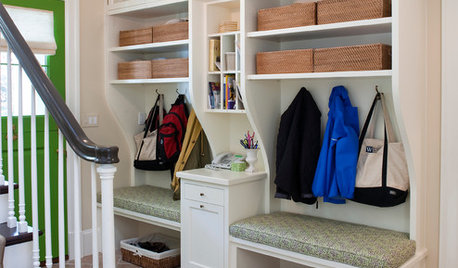
ORGANIZINGWant to Streamline Your Life? Get a System
Reduce stress and free up more time for the things that really matter by establishing specific procedures for everyday tasks
Full Story
DECORATING GUIDESAbstract Art for Every Style Interior
Lighten a traditional setting, deepen a transitional one, establish a palette — abstract art can give more than just modern rooms a boost
Full Story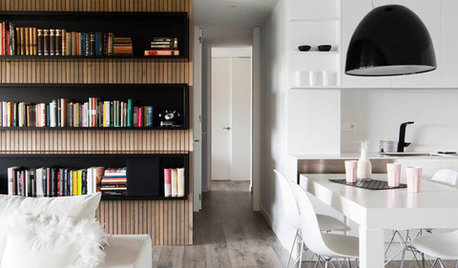
ARCHITECTURE5 Ways to Define Spaces Without Walls
Establish zones in an open layout without relying on typical barriers, using changes in material, level, color and more
Full Story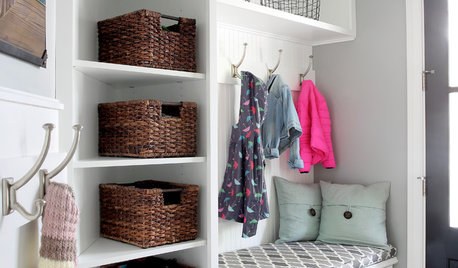
MOST POPULAROrganized From the Start: 8 Smart Systems for Your New House
Establishing order at the outset will help prevent clutter from getting its foot in the door
Full Story
GARDENING GUIDESThe Beauty of Bare-Root Plants
Plant dormant trees and shrubs in fall using the easy, affordable bare-root method and enjoy beautiful results in spring
Full Story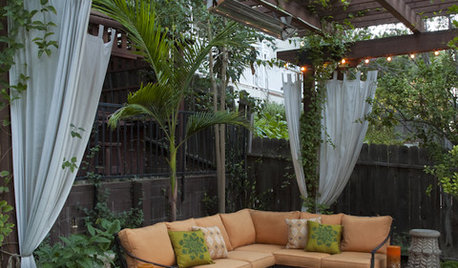
GARDENING AND LANDSCAPINGChill Out: 10 Cool Ways to Beat the Heat Outdoors
Step away from the A/C's artificial blast — and treat yourself to these more natural cool-down methods in the great outdoors
Full Story
HEALTHY HOMEHow to Choose a Home Water Filtering System
Learn which water purification method is best for your house, from pitchers to whole-house setups
Full Story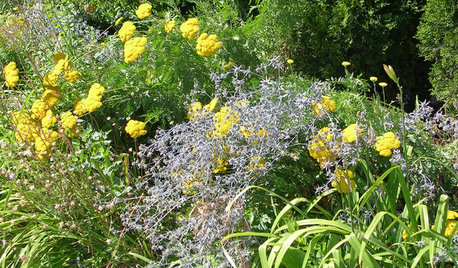
GARDENING GUIDESRocky Mountain Gardener: What to Do in July
Keep the party going all summer long with smart watering methods and fertilizer. Get ready for next year and order bulbs now
Full Story0
More Discussions








milehighgirl
clarkinksOriginal Author
Related Professionals
Edmond Landscape Architects & Landscape Designers · Maple Valley Landscape Architects & Landscape Designers · Norton Shores Landscape Architects & Landscape Designers · Milford Landscape Contractors · Wakefield Landscape Contractors · Berkley Landscape Contractors · Bowie Landscape Contractors · Broomfield Landscape Contractors · Cupertino Landscape Contractors · Fort Atkinson Landscape Contractors · Galt Landscape Contractors · Milford Landscape Contractors · Pleasanton Landscape Contractors · Shirley Landscape Contractors · Oxon Hill Landscape ContractorsMrClint
milehighgirl
alexander3_gw
alexander3_gw
clarkinksOriginal Author
milehighgirl
clarkinksOriginal Author
olpea
clarkinksOriginal Author
fruitnut Z7 4500ft SW TX
nyRockFarmer
clarkinksOriginal Author